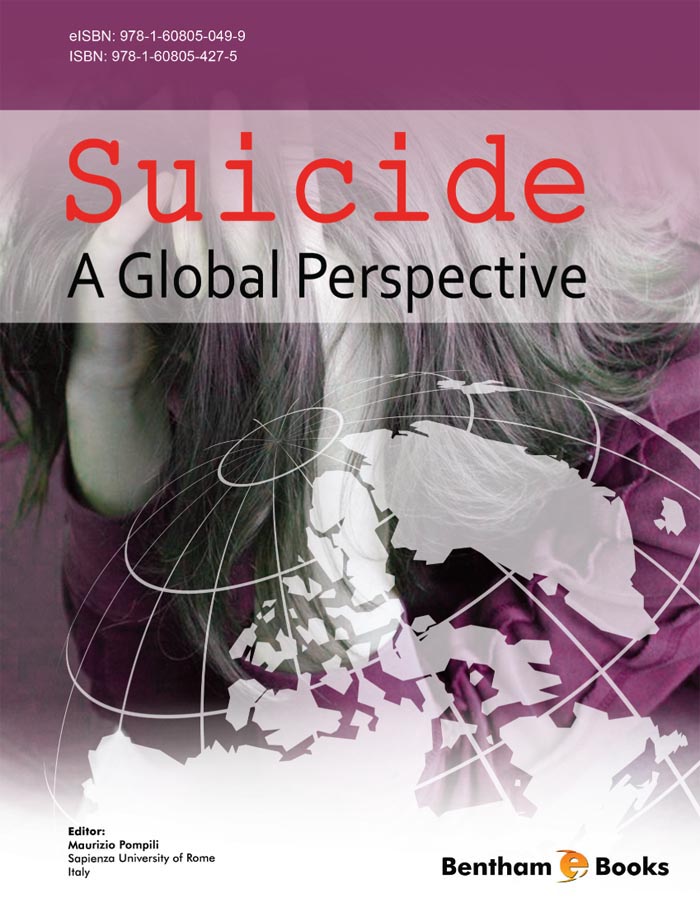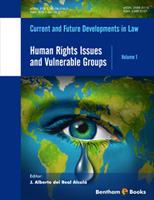Introduction
In the year 2000, approximately one million people died from suicide: a "global" mortality rate of 16 per 100,000, or one death every 40 seconds.
In the last 45 years suicide rates have increased by 60% worldwide. Suicide is now among the three leading causes of death among those aged 15-44 years (both sexes); these figures do not include suicide attempts up to 20 times more frequent than completed suicide. Suicide worldwide is estimated to represent 1.8% of the total global burden of disease in1998, and 2.4% in countries with market and former socialist economies in 2020. Although traditionally suicide rates have been highest among the male elderly, rates among young people have been increasing to such an extent that they are now the group at highest risk in a third of countries, in both developed and developing countries. Mental disorders (particularly depression and substance abuse) are associated with more than 90% of all cases of suicide; however, suicide results from many complex sociocultural factors and is more likely to occur particularly during periods of socioeconomic, family and individual crisis situations (e.g., loss of a loved one, employment, honour).
The economic costs associated with completed and attempted suicide are estimated to be in the billions of dollars. One million lives lost each year are more than those lost from wars and murder annually in the world. It is three times the catastrophic loss of life in the tsunami disaster in Asia in 2005. Every day of the year, the number of suicides is equivalent to the number of lives lost in the attack on the World Trade Center Twin Towers on 9/11 in 2001.
Everyone should be aware of the warning signs for suicide: Someone threatening to hurt or kill him/herself, or taking of wanting to hurt or kill him/herself; someone looking for ways to kill him/herself by seeking access to firearms, available pills, or other means; someone talking or writing about death, dying or suicide, when these actions are out of the ordinary for the person. Also, high risk of suicide is generally associated with hopelessness; rage, uncontrolled anger, seeking revenge; acting reckless or engaging in risky activities, seemingly without thinking; feeling trapped – like there’s no way out; increased alcohol or drug use; withdrawing from friends, family and society, anxiety, agitation, unable to sleep or sleeping all the time; dramatic mood changes; no reason for living; no sense of purpose in life.
Understanding and helping the suicidal individual should be a task for all.
- -Listen;
- -Accept the person's feelings as they are;
- -Do not be afraid to talk about suicide directly
- -Ask them if they developed a plan of suicide;
- -Expressing suicidal feelings or bringing up the topic of suicide;
- -Giving away prized possessions settling affairs, making out a will;
- -Signs of depression: loss of pleasure, sad mood, alterations in sleeping/eating patterns, feelings of hopelessness;
- -Remove lethal means for suicide from person's home
- -Remind the person that depressed feelings do change with time;
- -Point out when death is chosen, it is irreversible;
- -Change of behavior (poor work or school performance)
- -Risk-taking behaviors -Increased use of alcohol or drugs
- -Social isolation -Developing a specific plan for suicide
- -Express your concern for the person;
- -Develop a plan for help with the person;
- -Seek outside emergency intervention at a hospital, mental health clinic or call a suicide prevention center
Suicide is preventable. Most suicidal individuals desperately want to live; they are just unable to see alternatives to their problems. Most suicidal individuals give definite warnings of their suicidal intentions, but others are either unaware of the significance of these warnings or do not know how to respond to them. Talking about suicide does not cause someone to be suicidal; on the contrary the individual feel relief and has the opportunity to experience an empathic contact.
Suicide profoundly affects individuals, families, workplaces, neighbourhoods and societies. The economic costs associated with suicide and self-inflicted injuries are estimated to be in the billions of dollars. Surviving family members not only suffer the trauma of losing a loved one to suicide, and may themselves be at higher risk for suicide and emotional problems.
Mental pain is the basic ingredient of suicide. Edwin Shneidman calls such pain “psychache” [1], meaning an ache in the psyche. Shneidman suggested that the key questions to ask a suicidal person are ‘Where do you hurt?’ and ‘How may I help you?’. If the function of suicide is to put a stop to an unbearable flow of painful consciousness, then it follows that the clinician’s main task is to mollify that pain. Shneidman (1) also pointed out that the main sources of psychological pain, such as shame, guilt, rage, loneliness, hopelessness and so forth, stem from frustrated or thwarted psychological needs. These psychological needs include the need for achievement, for affiliation, for autonomy, for counteraction, for exhibition, for nurturance, for order and for understanding. Shneidman [2], who is considered the father of suicidology, has proposed the following definition of suicide: ‘Currently in the Western world, suicide is a conscious act of self-induced annihilation, best understood as a multidimensional malaise in a needful individual who defines an issue for which the suicide is perceived as the best solution’. Shneidman has also suggested that ‘that suicide is best understood not so much as a movement toward death as it is a movement away from something and that something is always the same: intolerable emotion, unendurable pain, or unacceptable anguish.
Strategies involving restriction of access to common methods of suicide have proved to be effective in reducing suicide rates; however, there is a need to adopt multi-sectoral approaches involving other levels of intervention and activities, such as crisis centers. There is compelling evidence indicating that adequate prevention and treatment of depression, alcohol and substance abuse can reduce suicide rates. School-based interventions involving crisis management, self-esteem enhancement and the development of coping skills and healthy decision making have been demonstrated to reduce the risk of suicide among the youth. Worldwide, the prevention of suicide has not been adequately addressed due to basically a lack of awareness of suicide as a major problem and the taboo in many societies to discuss openly about it. In fact, only a few countries have included prevention of suicide among their priorities.
Reliability of suicide certification and reporting is an issue in great need of improvement. It is clear that suicide prevention requires intervention also from outside the health sector and calls for an innovative, comprehensive multi-sectoral approach, including both health and non-health sectors, e.g., education, labour, police, justice, religion, law, politics, the media.
REFERENCES
[1] Shneidman ES. Suicide as psychache. A clinical approach to self-destructive behavior. Nortvale, Aronson, 1993.
[2] Shneidman ES. Definition of suicide. Northvale, Aronson; 1985.





